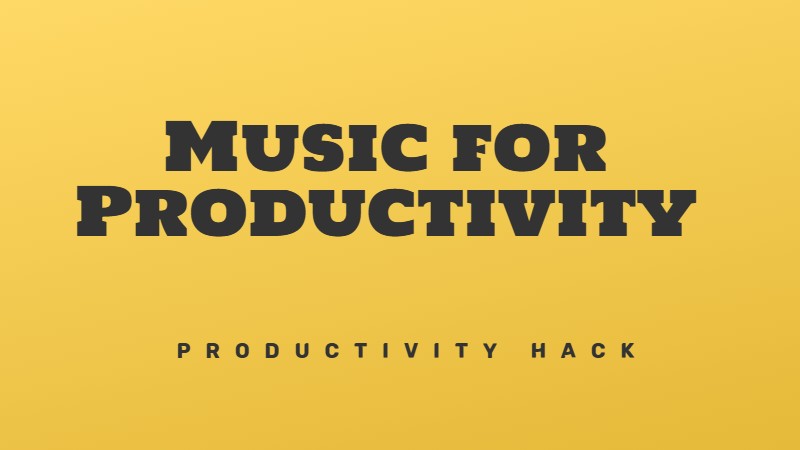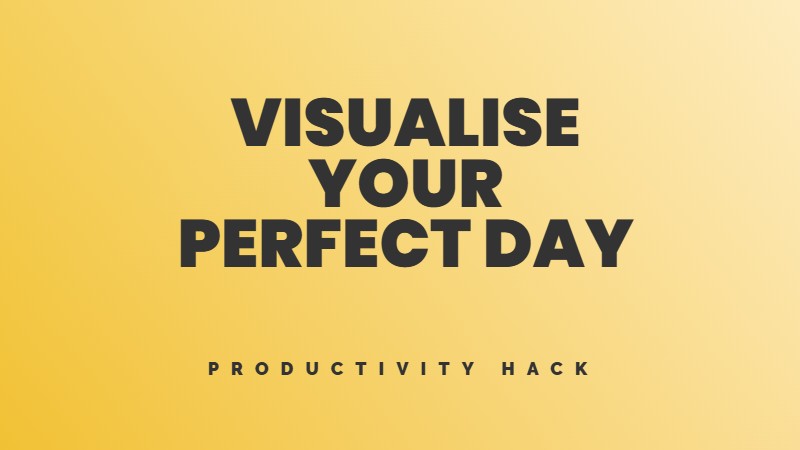Motivation has a dirty secret. It’s wildly unreliable. It rises and falls like the tide, leaving our best intentions stranded when we need them most.
I watched this pattern in myself for years. The fired-up version of me on Monday would set ambitious goals, only for Wednesday-me to wonder where all that energy went. This wasn’t just my issue. Studies show intentions alone account for less than a third of our actual behaviors.
The change came when I stumbled upon research about implementation intentions. Unlike motivation, which pushes you forward, implementation intentions pull you into action.
Implementation intentions don’t ask, “Do you feel like it?”, but order, “It’s 7 AM. Time to run!”
Motivation doesn’t build habits and make you reach your goals. Triggers do.
What makes implementation intentions work?
Implementation intentions transform vague wishes into concrete actions through a simple “if-then” framework that triggers automatic responses to specific situations.
Unlike general intentions (“I want to exercise more”), implementation intentions create clear action plans that specify when, where and how you’ll act:
This approach works by connecting a specific situation to a predetermined response. When that situation happens, your planned action triggers automatically. No willpower required.
This process, called “strategic automaticity,” puts your environment in charge of your behavior rather than relying on conscious decisions in the moment.
Research backs this up. A meta-analysis of 94 studies with over 8,000 participants found implementation intentions have a substantial impact on goal achievement.
How to create implementation intentions
Follow these steps to create implementation intentions that actually work:
Real-world examples
Why traditional goal-setting falls short
Traditional goal-setting often fails because:
Implementation intentions solve these problems by creating automatic behavioral responses to predetermined cues. This strategy reduces the mental effort of decision-making and protects your goals from momentary impulses or distractions.
The science behind the strategy
Psychologist Peter Gollwitzer introduced implementation intentions in 1999 after research revealed a fundamental challenge: intentions typically account for only 20-30% of the variance in actual behavior. How goals are framed significantly affects achievement. Specific and challenging goals lead to better performance than vague ones. Proximal goals work better than distant goals. Implementation intentions build on these findings to create a practical solution for turning intentions into actions.
How to make this work in your life
Start by identifying one important goal. Ask yourself:
Write down your implementation intentions and place them somewhere visible. Commit to following through without exception for at least two weeks. Notice how the actions become more automatic over time.
By using implementation intentions, you transform conscious goals into automatic behaviors. This increases your chances of success while reducing mental fatigue. Your plans become so specific that when the moment arrives, you act without hesitation or doubt.
Extra tips for success
I bunn og grunn
Stop wondering why your goals never materialize. Start using implementation intentions to transform your aspirations into reality.
Your brain already runs on autopilot most of the time. Take control of that programming. Pick one goal that matters to you. Create a specific if-then plan right now. Write it down. Put it somewhere you’ll see it daily. Follow it without exception for two weeks.
Stop hoping your goals will magically happen. Start programming them into your day and turn your good intentions into automatic actions.




Gi tilbakemelding om dette